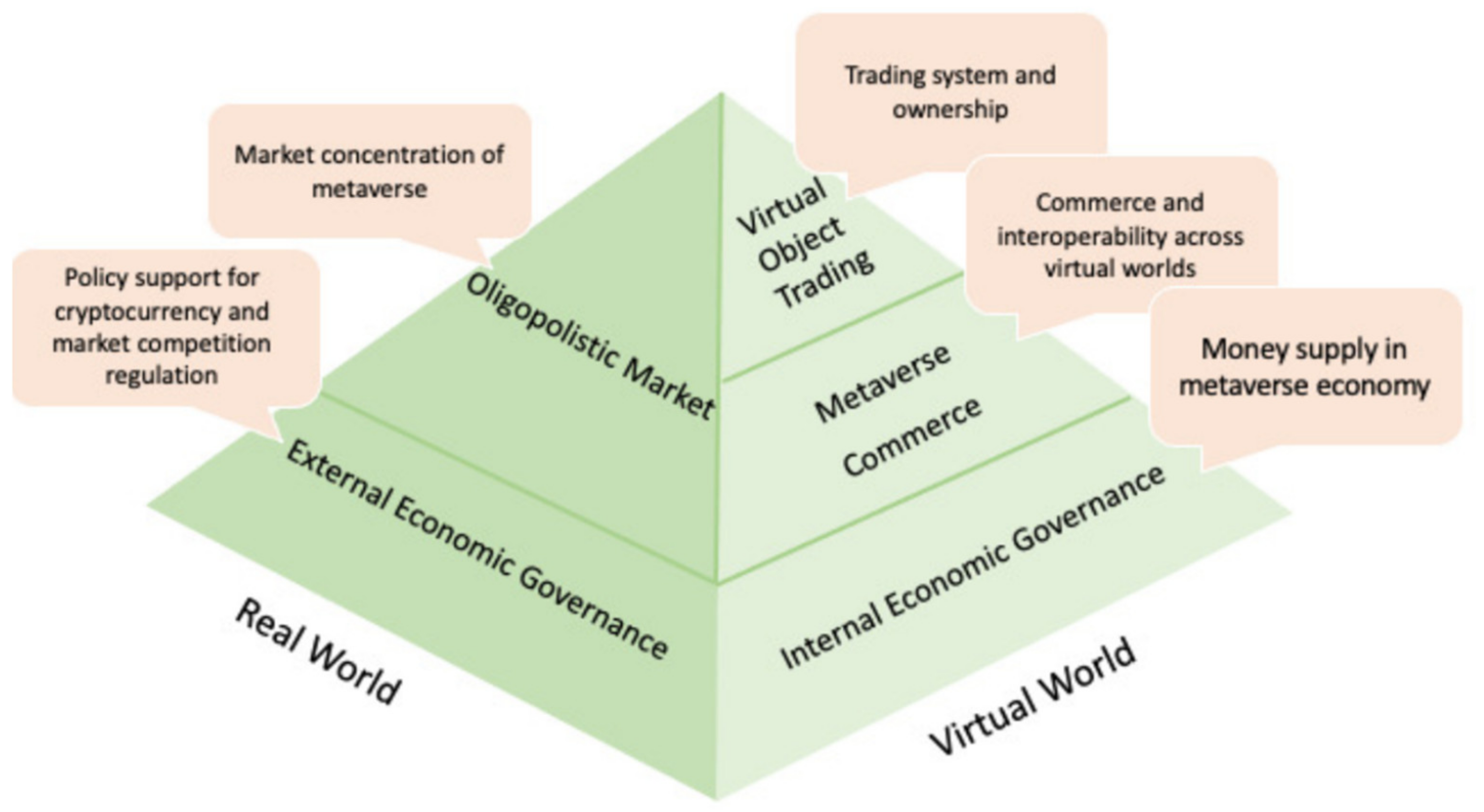The Paasche Price Index is a widely used economic indicator that measures price changes over time. Developed by German economist Hermann Paasche in 1874, this index is an essential tool for analyzing the evolution of prices in a given market. In this article, we will explore the concept of the Paasche Price Index, its calculation methodology, and its significance in economic analysis.
Table of Contents
Understanding the Paasche Price Index
The Paasche Price Index is a weighted index that compares the price of a specific basket of goods and services at two different points in time. It measures changes in the price level by taking into account both the quantities consumed and the prevailing prices. The index is named after Hermann Paasche, the German economist who pioneered its calculation.
To understand the concept better, let’s consider an example. Imagine two years, year A and year B. We select a basket of goods and services consumed in year A and calculate the total cost of purchasing that basket at the prevailing prices in year A. Next, we repeat the same process for year B, considering the new set of prices prevailing in that year. The ratio of these two values gives us the Paasche Price Index.
Calculating the Paasche Price Index
The Paasche Price Index formula can be represented as:
| Year A | Year B | |
|---|---|---|
| Quantity Consumed (Q) | QA | QB |
| Price (P) | PA | PB |
The calculation is as follows:
Paasche Price Index = (Total cost of basket in Year B) / (Total cost of basket in Year A) x 100
The Paasche Price Index formula takes into account the quantities consumed in both years and compares the prices paid in Year B to those in Year A. Multiplying the resulting ratio by 100 gives us the index value.
Significance and Uses of the Paasche Price Index
The Paasche Price Index serves a crucial role in economic analysis. It provides insight into the changes in the price level of goods and services within a market, which is essential for understanding inflation or deflation trends. By comparing indexed values over time, economists can measure the growth or decline of price levels and identify patterns.
Furthermore, the Paasche Price Index is extensively used to adjust economic data for inflation. Governments, central banks, and policymakers rely on inflation measures derived from the Paasche Price Index to make informed decisions related to monetary policies, fiscal planning, and economic forecasting.
In addition to its macroeconomic applications, the Paasche Price Index is also valuable for individual consumers and businesses. By studying the index, consumers can track price movements of various goods and services, allowing them to make informed purchasing decisions and adjust their budget accordingly. For businesses, understanding the Paasche Price Index helps in formulating pricing strategies, predicting demand, and managing supply chains.

Credit: fastercapital.com

Credit: www.mdpi.com
Limitations of the Paasche Price Index
Like any economic indicator, the Paasche Price Index has certain limitations. One significant drawback is that it does not account for changes in consumer preferences over time. The basket of goods and services used in the calculation remains constant, which may not accurately reflect consumer behavior and choices. Furthermore, the Paasche Price Index does not consider substitution effects when prices change. Substitution bias can distort the index’s results, especially if consumers shift their preferences due to relative price changes.
Despite these limitations, the Paasche Price Index remains a valuable tool for economists, policymakers, and businesses to analyze price movements and make informed decisions. Its historical significance and widespread use solidify its place in economic analysis.
Conclusion
The Paasche Price Index offers a comprehensive overview of price changes over time and holds immense value in economic analysis. By considering both quantities consumed and prices paid, this index provides essential insights into inflation, deflation, and overall market dynamics. As we navigate today’s complex economic landscape, the Paasche Price Index continues to play a crucial role in understanding and interpreting price movements that impact individuals, businesses, and policymakers alike.